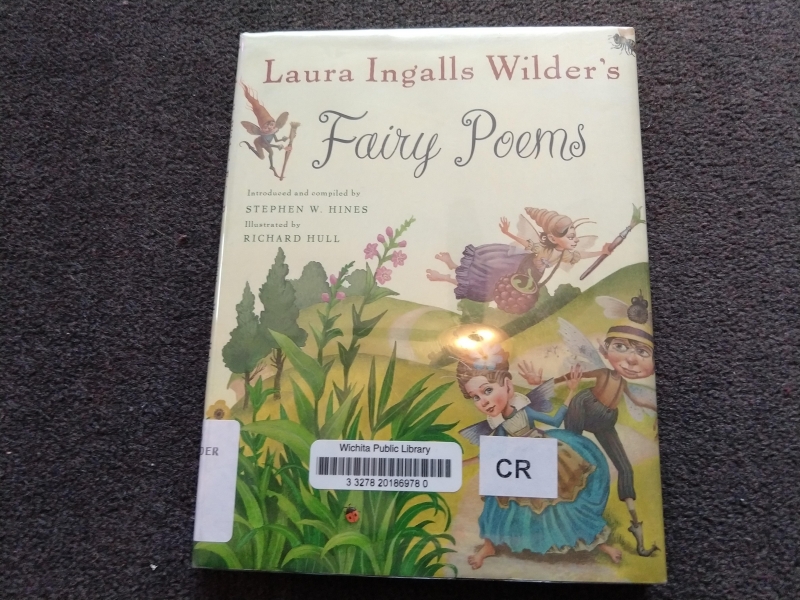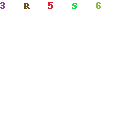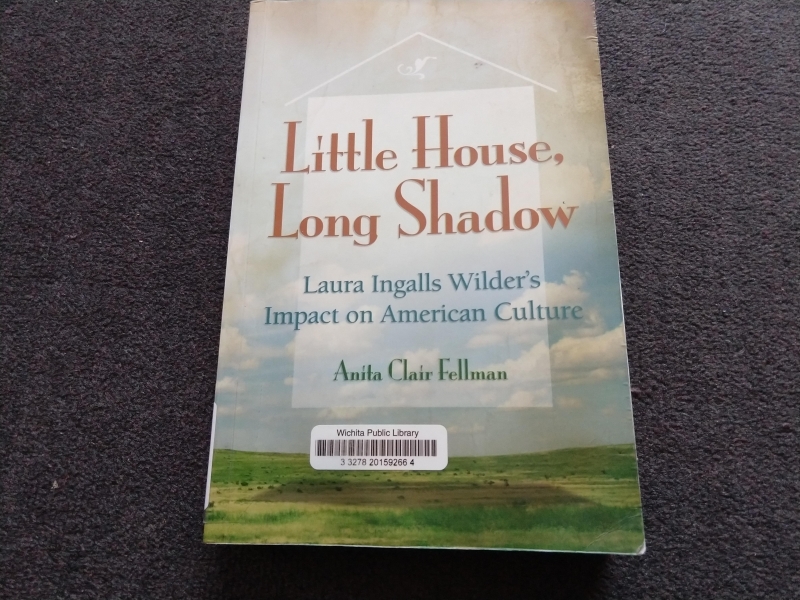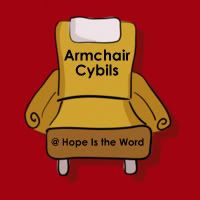I set an ambitious course for this year’s Laura Ingalls Wilder Reading Challenge. I would read Little House in the Big Woods and either Farmer Boy or Little House on the Prairie aloud to my children. I would read Little House, Long Shadow myself. And, by the fifth of the month, my children and I had already read Laura’s collection of fairy poems.
Alas, I completed only two of the intended books: the aforementioned collection of fairy poems and Little House in the Big Woods.

I found that while I spend plenty of time reading aloud to my children, it’s hard for me to direct that reading time. Unless I get out our chapter book first thing, I’ll have filled all the available time with reading Louis’s construction books and Tirzah Mae’s medical books, leaving little time for Laura.
Perhaps I need to tie chapter books to some other portion of our day, rather than doing it before naps. Maybe if we have it as the first part of our “school” day? Hmmm…

At any rate, this was Tirzah Mae’s second time through Little House in the Big Woods and Louis’s first. Both were clearly engaged in the story and frequently begged to act out the things they had heard in the book.

This, of course, delighted my homeschooling heart – and I was pleased to indulge them (or maybe myself?) by making molasses candy and homemade butter. We also made Lincoln log houses, made “pictures” in the snow, pretended to play fiddles, and made pancake men.
We did not make cheese or braid straw hats, despite Tirzah Mae’s begging. Maybe next year :-)

I am thinking that we will still attempt to read Farmer Boy, even though we’re no longer in the challenge month – Louis was engaged with Big Woods, but I think he’ll enjoy Farmer Boy even more – and I’d love to introduce him to new possible obsessions now that we’ve almost exhausted our library’s entire collection of construction books. Farming would be a delightful obsession, in this mother’s opinion (which, of course, means that he is unlikely to choose it!)

As far as the collection of fairy poems goes, I enjoyed it quite a bit. The poems are whimsical and I enjoyed the introduction to “Drop O’Dew” and “Ray O’Sunshine”. The children enjoyed the illustrations, even if I didn’t really care for the style. But, as with many things, I only care for the words and can take or leave the illustrations.
We enjoyed participating in the Laura Ingalls Wilder Challenge again this year and are so grateful to Barbara for hosting it year after year.

















